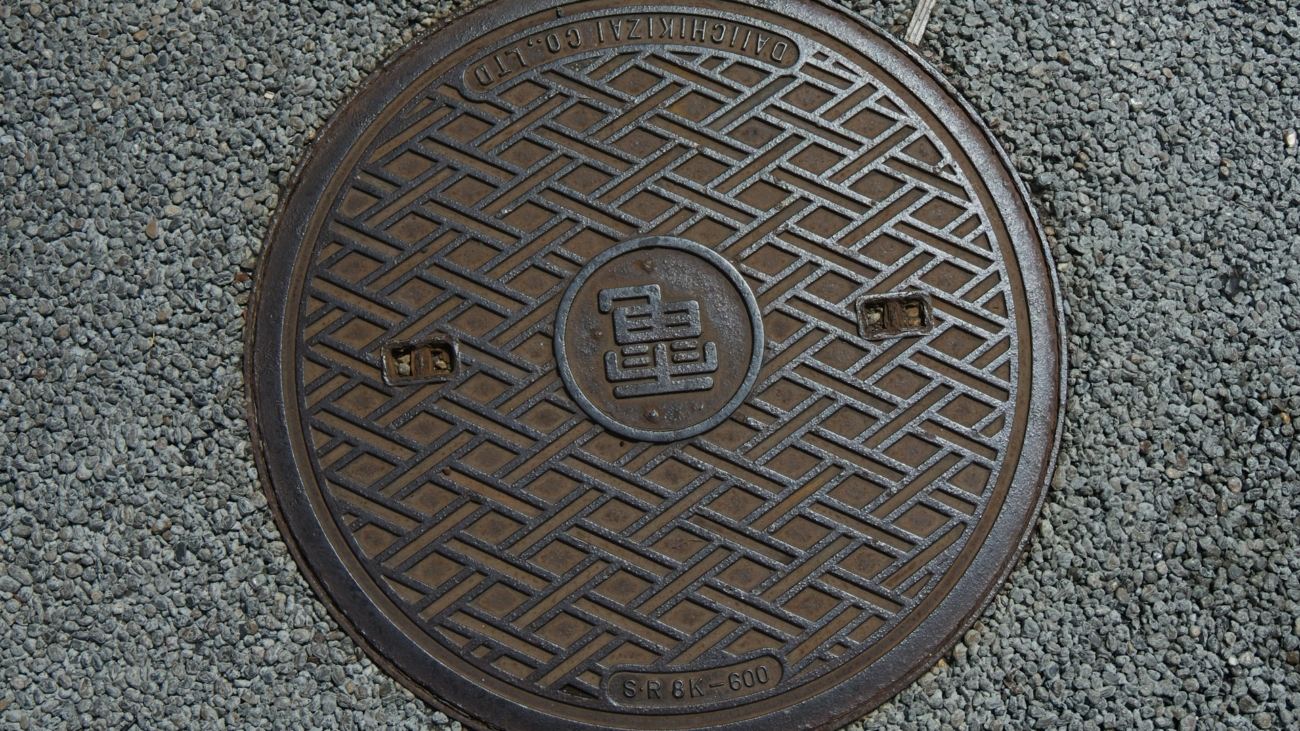As urban populations grow and cities expand, the risk of flooding increases, especially in countries like India. Overburdened drainage systems and inadequate waste management contribute to the severity of urban flooding. To address this challenge, smart cities need to implement effective drainage systems, leveraging advanced infrastructure and robotic automation. This article outlines a comprehensive plan for flood management in a smart city, focusing on the infrastructure, systems, and integration of manual labor to ensure efficient and resilient flood mitigation.
Building an Effective Drainage System
Infrastructure Components
- Underground Tunnels:
- Deep Drainage Tunnels: Constructing large-capacity tunnels below the city to channel excess rainwater away from urban areas.
- Stormwater Storage Tanks: Installing underground reservoirs to temporarily store excess water during peak rainfall periods, reducing immediate surface runoff.
- Surface Drainage Improvements:
- Permeable Pavements: Using materials that allow water to percolate through, reducing surface runoff and promoting groundwater recharge.
- Green Infrastructure: Incorporating green roofs, rain gardens, and bioswales to absorb and manage rainwater naturally.
- Upgraded Drainage Networks:
- Wider Drains and Canals: Expanding existing drainage channels to handle increased water volumes.
- Regular Maintenance: Ensuring drains and canals are regularly cleaned and maintained to prevent blockages.
Systems and Technology
- Smart Sensors and IoT:
- Water Level Sensors: Deploying sensors in drains, tunnels, and storage tanks to monitor water levels in real-time.
- Weather Forecasting Systems: Integrating advanced meteorological data to predict heavy rainfall and trigger pre-emptive measures.
- Robotic Automation:
- Robotic Cleaners: Using robots to regularly clean drains and tunnels, removing debris and preventing clogs.
- Automated Gates and Pumps: Installing automated systems to control water flow in and out of storage tanks and drainage networks based on sensor data.
- Data Management and Analytics:
- Centralized Control Center: Establishing a command center to monitor real-time data from sensors and weather systems, making informed decisions.
- Predictive Analytics: Using historical data and machine learning to predict flood-prone areas and optimize response strategies.
Integrating Manual Labor
- Training and Deployment:
- Skilled Workforce: Training workers in the operation and maintenance of advanced drainage systems and robotic equipment.
- Emergency Response Teams: Establishing teams to respond quickly to flooding incidents, assisting with manual tasks where robots are ineffective.
- Collaborative Operations:
- Human-Robot Collaboration: Combining the strengths of manual labor and robotic automation, such as robots handling repetitive cleaning tasks while humans manage complex maintenance and repair work.
- Public Awareness Campaigns: Educating citizens about proper waste disposal and flood preparedness to reduce the strain on drainage systems.
Comprehensive Flood Management Plan
Pre-Flood Preparedness
- Infrastructure Assessment:
- Conducting regular inspections of drainage systems and identifying areas needing upgrades or maintenance.
- Community Engagement:
- Running awareness programs on flood risks and preventive measures.
- Encouraging community participation in maintaining local drainage systems.
- Resource Allocation:
- Ensuring availability of emergency supplies, such as sandbags and portable pumps.
During Flood Events
- Real-Time Monitoring:
- Using sensor data to track water levels and rainfall intensity, enabling timely alerts and actions.
- Automated Responses:
- Activating robotic cleaners and pumps to manage water flow and prevent blockages.
- Emergency Operations:
- Deploying trained manual labor teams to critical areas for support and damage control.
Post-Flood Recovery
- Damage Assessment:
- Evaluating the impact of the flood on infrastructure and communities, using both manual inspections and drone surveys.
- Restoration and Repair:
- Rapidly mobilizing resources to repair damaged drainage systems and other infrastructure.
- Implementing improvements based on lessons learned to enhance future flood resilience.
- Data Analysis and Reporting:
- Analyzing data collected during the flood event to refine predictive models and response strategies.
- Reporting findings to stakeholders and updating the flood management plan accordingly.
Conclusion
Effective flood management in smart cities requires a blend of advanced infrastructure, robotic automation, and skilled manual labor. By constructing underground tunnels, upgrading drainage networks, and leveraging IoT and robotic technologies, cities can significantly reduce the risk of flooding. Integrating manual labor through training and collaborative operations ensures that human expertise complements technological advancements. A comprehensive flood management plan, encompassing preparedness, real-time response, and post-flood recovery, is essential to building resilient urban environments capable of withstanding the challenges of increased rainfall and population growth.

